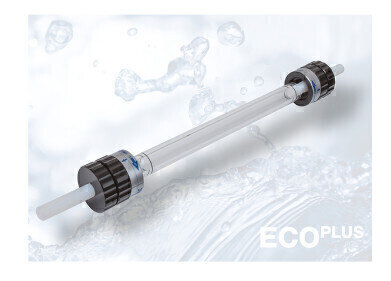Bioanalytical
Is Chromatography Cleaning Up Tobacco?
Apr 28 2017
Tobacco and cigarettes are one of the major health issues around. It is recognised — by most people anyway — that they are one of the main causes of chronic disease and contribute to millions of people succumbing to an early death.
Consequently, there are global and national initiatives to reduce the impact of cigarettes and other tobacco products on people’s health. Banning smoking in public places, high tobacco taxes and plain packaging are all tobacco control policies that are being tried to reduce smoking’s impact. But perhaps the best method of reducing the harmful effects from smoking could be from cigarette substitutes.
Reducing the harm
In the UK, the Government — in the form of Public Health England — and the National Health Service (NHS) promote the use of e-cigarettes as an aid to help smokers stop smoking and to reduce the use of cigarettes. However, e-cigarettes are a relatively new technology and more research needs to be carried out on any potential health issues arising from their long-term use
Nicotine is the addictive agent in cigarettes — which alongside the hundreds of other compounds has a significant impact on the smoker. In basic terms, the harm caused by cigarettes is due to the way the nicotine is delivered to the user — combustion. But combustion — or smoking — also releases the tars and carcinogens and inhalation of all these compounds causes the user harm.
Delivering nicotine
The principle behind e-cigarettes is that they are a nicotine delivery device. There are other nicotine delivery methods, in fact several are promoted by the NHS under the banner of Nicotine Replacement Therapy (NRT). These include skin patches, chewing gum and mouth sprays. But when people are trying to stop smoking, one of the habits that they find hard to stop is having a draw from a cigarette — something e-cigarettes allow.
Another method of delivering nicotine in a hit is using a new device — developed by the tobacco company Philip Morris International (PMI) — called IQOS. IQOS is marketed as a nicotine delivery system that uses advanced electronics to heat tobacco rather than combust it. Users get a hit of nicotine without all the nasties found in cigarettes. The product has captured 5% of the Japanese cigarette market since it was released in April 2016.
IQOS works by heating a tobacco stick which has been inserted into the IQOS holder. The user pushes a button to turn the heater on and draws on the stick. PMI say that the user can enjoy the real taste of tobacco by inhaling a nicotine vapour rather than smoke containing nicotine and many other chemicals.
Analysis using gas chromatography (by PMI) suggest that IQOS reduces a user’s exposure by over 90% to the normal constituents found when tobacco is burnt in a cigarette. Chromatography is widely used in the analysis of drugs that affect humans as discussed in the article, Tackling the chromatographic analysis of novel psychoactive substances with High Resolution Mass Spectrometry.
Events
Jan 20 2025 Amsterdam, Netherlands
Feb 03 2025 Dubai, UAE
Feb 05 2025 Guangzhou, China
Mar 01 2025 Boston, MA, USA
Mar 04 2025 Berlin, Germany














